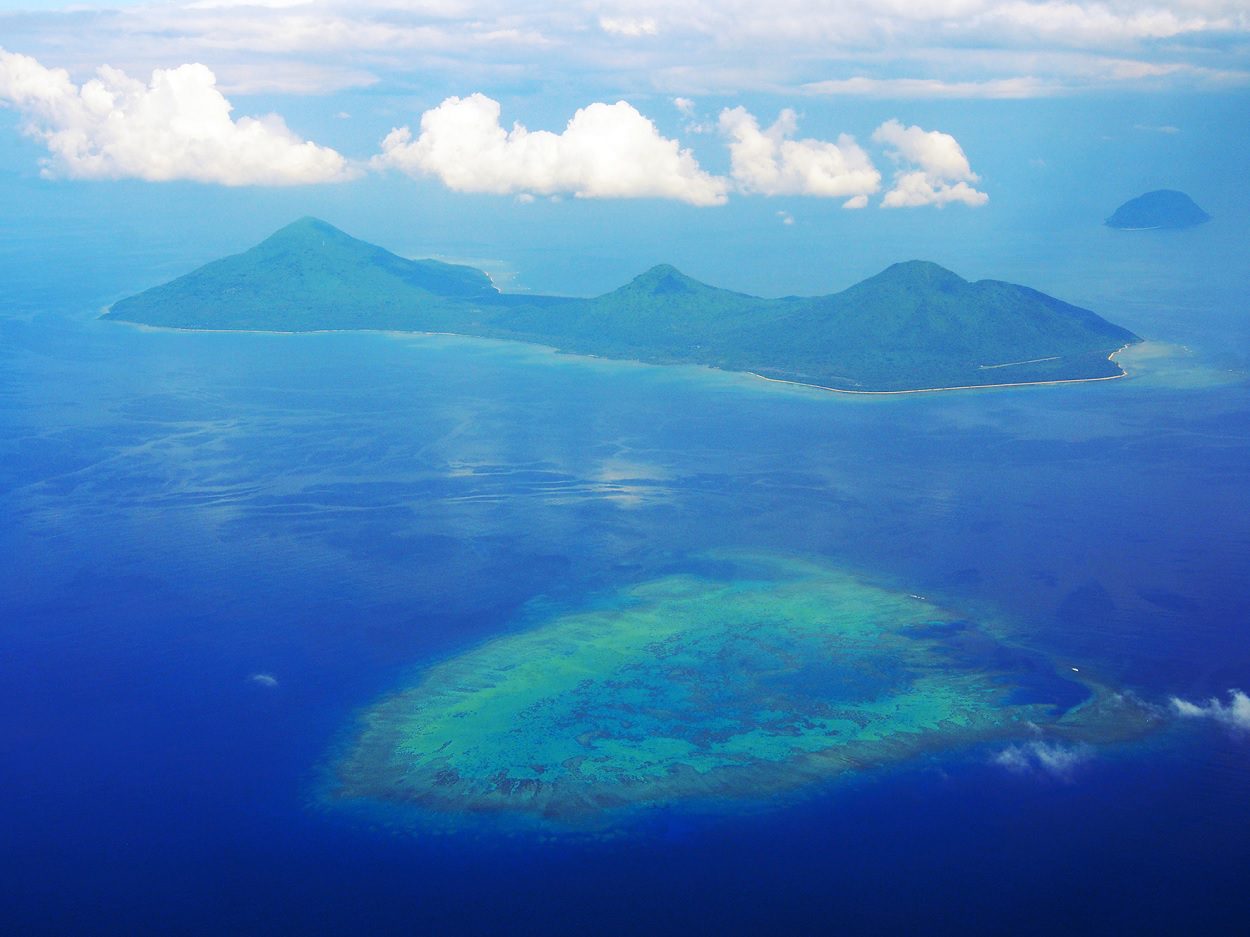Centuries before Europeans arrived in the Americas, Polynesian peoples had already gained widespread recognition for their sophisticated sailing technology and their ability to navigate to the planet’s most isolated islands.
Polynesian societies migrated rapidly towards the east and established settlements on almost every island in the region, including Samoa and Tonga to Rapa Nui/Easter Island in the east, Hawai’i in the north, and Aotearoa/New Zealand in the south. However, our knowledge about Polynesian migrations to the west of the 180th meridian remains limited.
A multidisciplinary study by the Centre National de la Recherche Scientifique, has analysed the geochemical characteristics of stone artefacts known as Adzes, gathered from Vanuatu, the Solomon Islands, and the Caroline Islands.
After comparing the geochemical and isotopic compositions of the artefacts against referenced natural rocks and archaeological quarries in the area, the researchers have been able to determine the geological source and gain a greater understanding of the interconnections between Polynesian societies in the Western Pacific, Melanesia, and Micronesia, commonly referred to as “Polynesian Outliers.”
Out of the eight adzes or adze fragments studied by the researchers, six were traced back to the Tatagamatau quarry complex located on Tutuila Island in American Samoa, which is over 2,500 kilometres away from the Polynesian homeland.
Aymeric Hermann, from the Centre National de la Recherche Scientifique, said: “Tatagamatau adzes were among the most disseminated items across West and East Polynesia, and the sourcing of Taumako and Emae adzes suggest bursts of long-distance mobility towards the Outliers similar to those that led to the settlement of East Polynesia.”
The team highlights that such inter-island contacts are signals that Polynesian sailors might have played an important role in the reappraisal of long-distance mobility and in the distribution of specific material culture items and technologies such as shell adzes, back-strap loom, and obsidian points among the mosaic of Pacific Island societies in the western Pacific during the last millennium A.D.
“A recent study describes an obsidian stemmed point as a chiefly heirloom found on Kapingamarangi Island with a geochemical signature matching an obsidian source on Lou Island in the Admiralties: this is an exciting find that echoes our identification of a basalt flake from mainland New Britain on that same atoll”, adds Hermann.
Long-distance mobility in the past
In the Pacific region, geochemical sourcing has been particularly successful at locating sources of stone artefacts and tracing the transport of specific items across distant islands and archipelagos. Such material evidence of long-distance inter-island voyaging shows that Pacific Island societies were never completely isolated from one another. These patterns of interaction are central to our understanding of the deeply intertwined history of cultural systems in the Pacific.
In this study, atomic emission spectroscopy and mass spectrometry were used to measure concentration of oxides, trace elements and ratios of radiogenic isotopes in order to identify geological provenances with a high level of accuracy. Thanks to the collaboration of experts in archaeology, geochemistry and data science, a cutting-edge approach to geochemical sourcing was developed, which involves the use of computer-assisted comparisons with open-access databases.
Max Planck Institute for Evolutionary Anthropology
Header Image Credit : Aymeric Hermann







